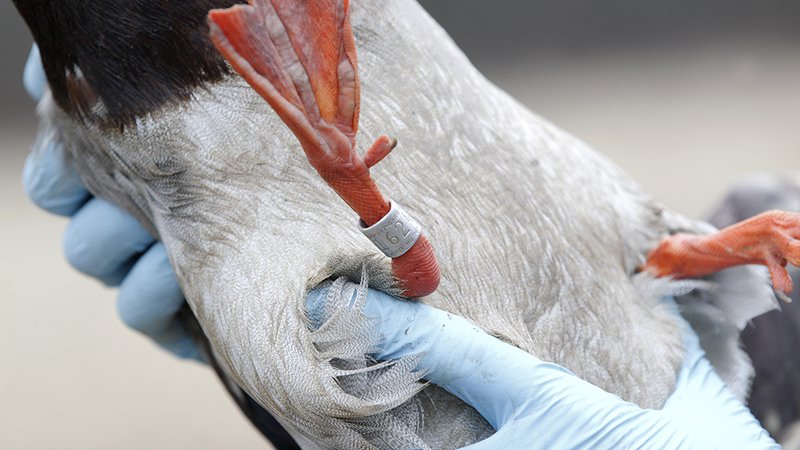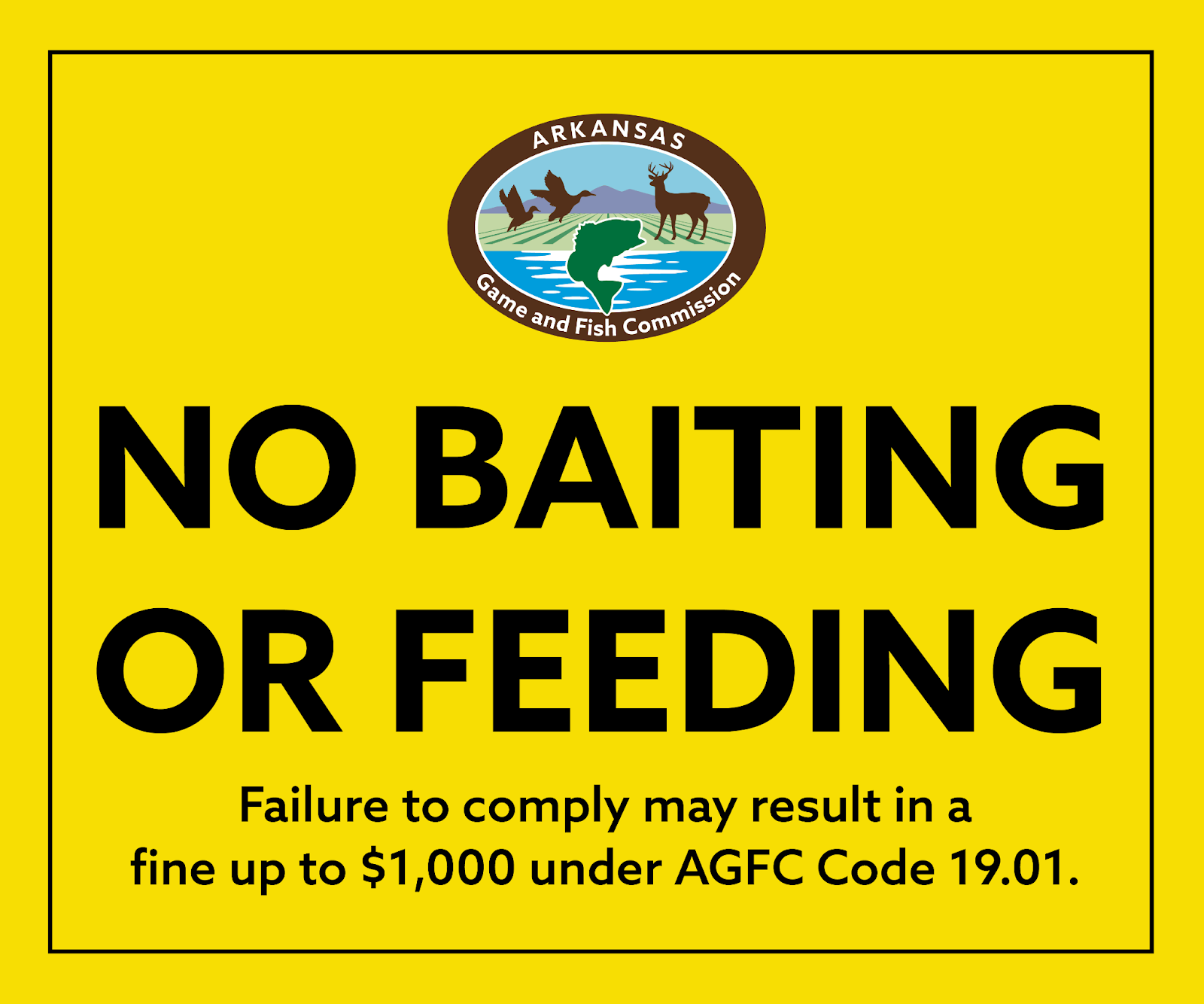Duck Band Reporting System Moves Online
ON 07-26-2017

July 26, 2017
Randy Zellers
Assistant Chief of Communications
Hunters fortunate enough to harvest a banded duck, goose or dove next hunting season will see a change in the way they report those bands to the United States Geological Survey. The call-in center that has been in place to record information has been replaced by an online tool at www.reportband.gov.
According to the USGS Patuxent Bird Banding Laboratory, which administers the bird-banding program in the United States, the toll-free number engraved on bands will still function, but will redirect callers to the website.
The change is not only a matter of making the system more efficient, but also more accurate. According to discussions between the BBL and the Flyway Technical Committees, which include biologists from each state in each of the four flyways migrating birds use, some data collected through call-in centers was inaccurate because of the inherent human error introduced through an extra step in the recording process. The online process proved faster, more accurate and seems to be preferred by people reporting bands. In the few years that the online tool has become available, it has been responsible for 60 percent of reported bands.
Bird banding is one of the earliest forms of “citizen science.” According to the USGS, the first records of bird banding in North America are those of John James Audubon in 1803. He tied silver cords to the legs of young phoebes near Philadelphia. The next year, he was able to verify that two of the nestlings returned to the site of their birth the next year. In 1902 Paul Bartsch began the first scientific system of banding using voluntary band returns to identify where a group of black-crowned night herons had traveled. By 1909, the American Bird Banding Association had been formed to organize the growing number of bird-banding enthusiasts. It was later taken over by the Bureau of Biological Survey (now the USGS) and the Canadian Wildlife Service.
Today, federal and state biologists and researchers band thousands of birds each year as part of ongoing efforts to monitor bird population dynamics and learn more about their distribution and survival. Much of the information biologists use come from encounters by hunters, so the success of these efforts depend primarily on hunters to report banded birds they harvest.
Recent News

Baiting wildlife illegal on Lake Conway
Nov. 22, 2024
Subscribe to Our Weekly Newsletter E-mails
Don’t miss another issue. Sign up now to receive the AGFC Wildlife Weekly Newsletter in your mailbox every Wednesday afternoon (Waterfowl Reports are published weekly during waterfowl season and periodically outside the season). Fishing Reports arrive on Thursdays. Fill in the following fields and hit submit. Thanks, and welcome!

